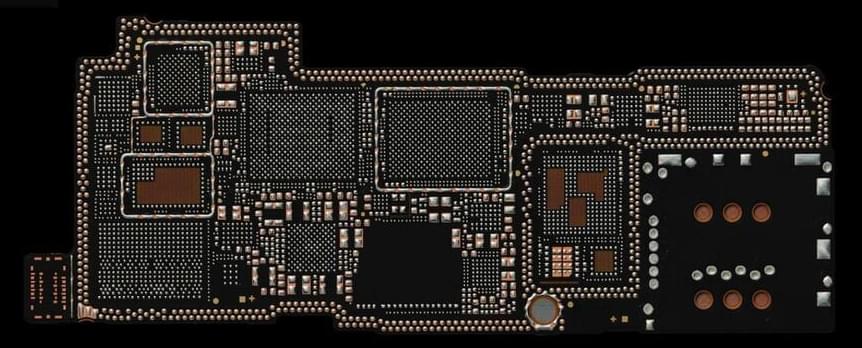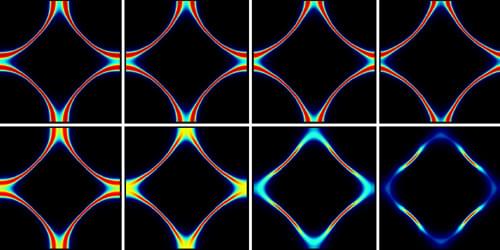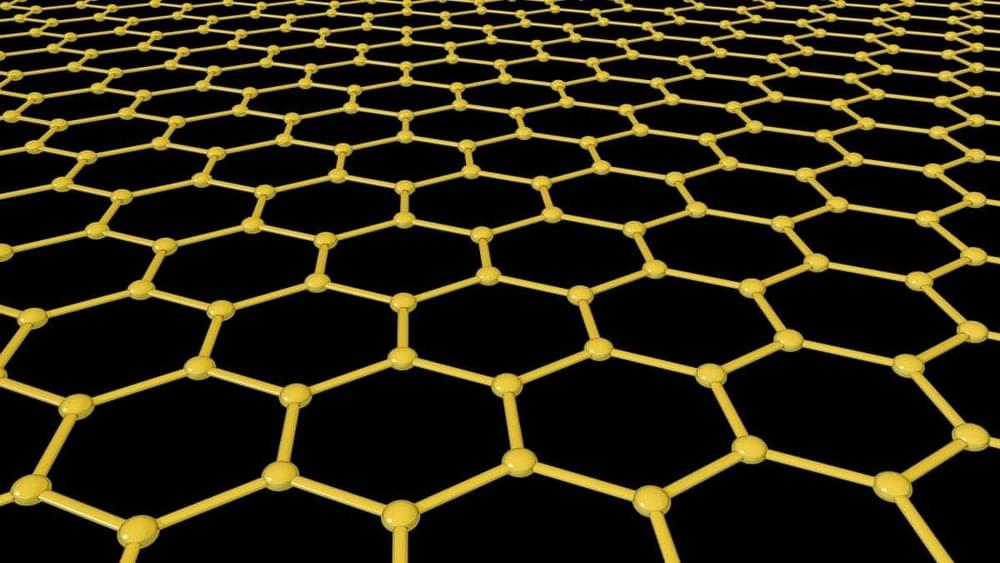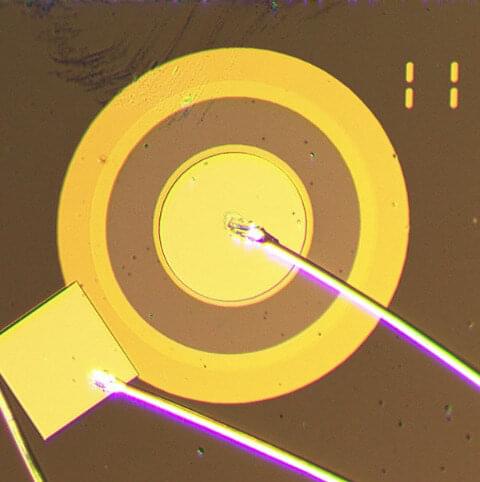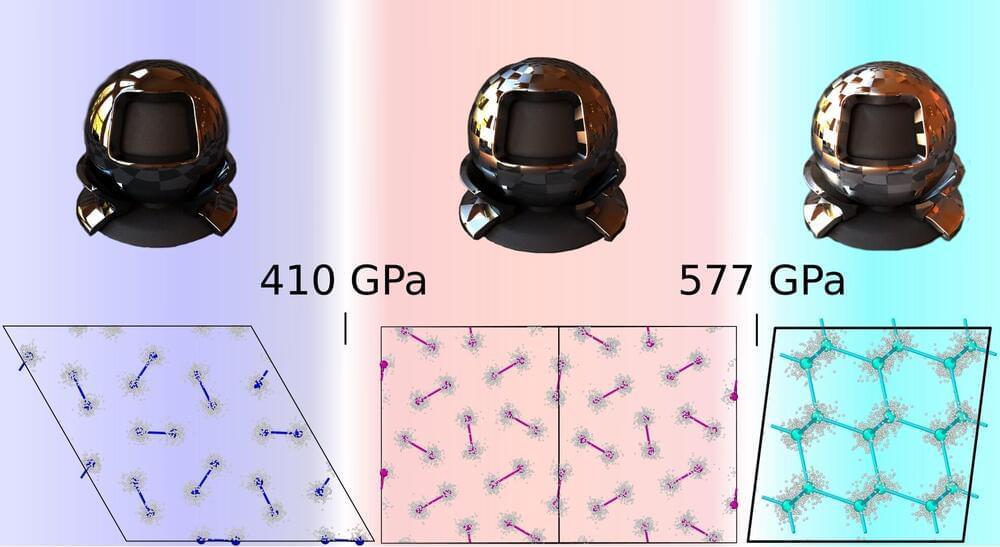Graphene is found to exhibit a magnetoresistance dwarfing that of all known materials at room temperature—a behavior that may lead to new magnetic sensors and help decipher the physics of strange metals.
One might expect that, two decades after its discovery, graphene would have exhausted its potential for surprises. But the thinnest, strongest, most conductive of all materials has now added another record to its tally. A collaboration that includes graphene’s codiscoverer and Nobel laureate Andre Geim of the University of Manchester, UK, reports that graphene can have a room-temperature magnetoresistance—a magnetic-field-induced change in electrical resistivity—that’s 100 times larger than that of any known material [1]. Graphene’s giant magnetoresistance could lead to novel magnetic-field sensors but also offer an experimental window into exotic quantum regimes of electrical conduction that might be related to the mysterious “strange metals.”
Magnetoresistance, which occurs both in bulk materials and multilayer structures, found a killer app in magnetic-field sensors such as those used to read data from magnetic memories. Researchers have long been interested in the limits of this phenomenon, which has led to discoveries of “giant,” “colossal,” and “extraordinary” forms of magnetoresistance. The associated materials exhibit resistivity changes of up to 1,000,000% when exposed to magnetic fields of several teslas (T). The largest effects, however, require extremely low temperatures that can only be reached with impractical liquid-helium cooling systems.

